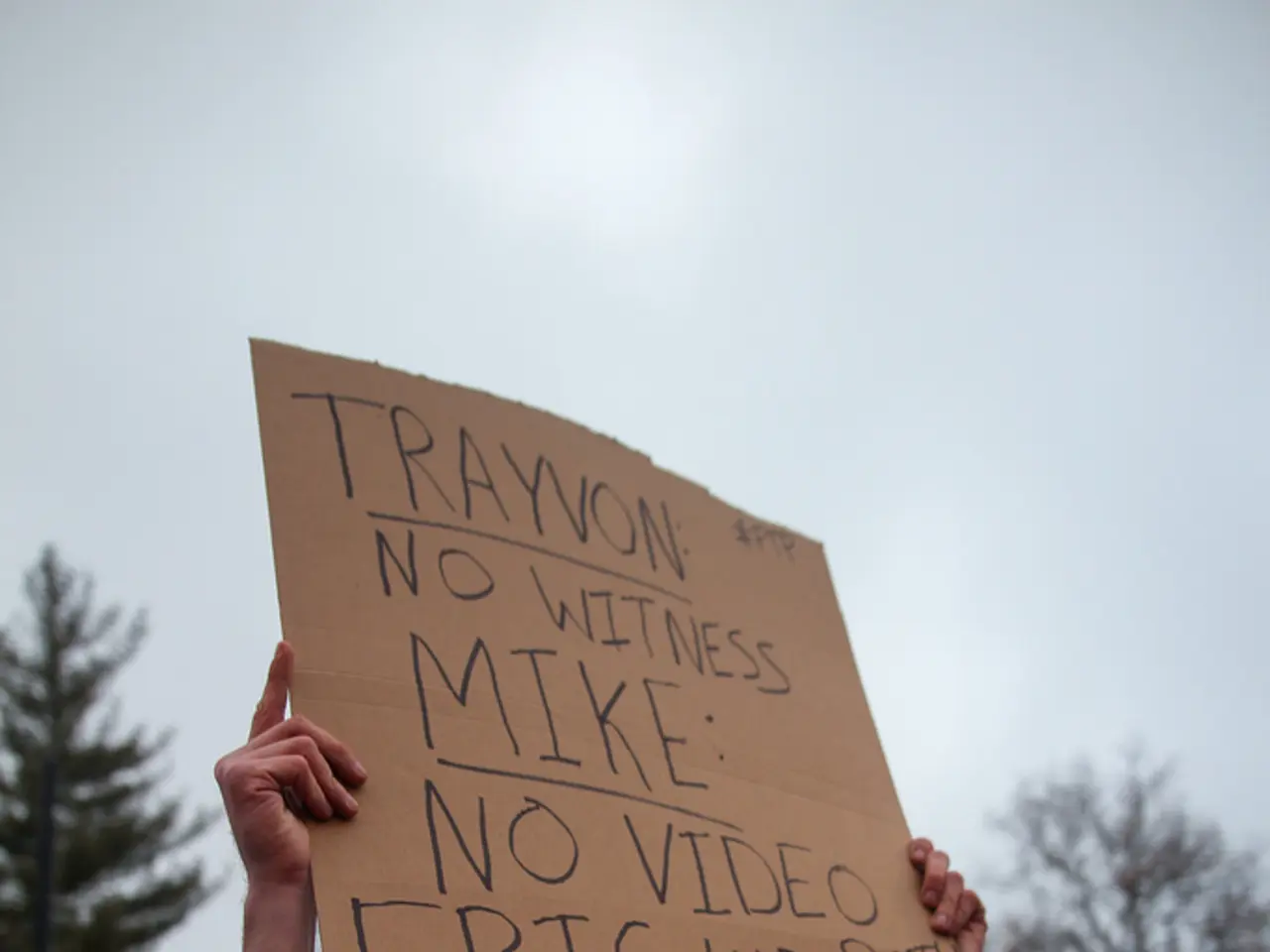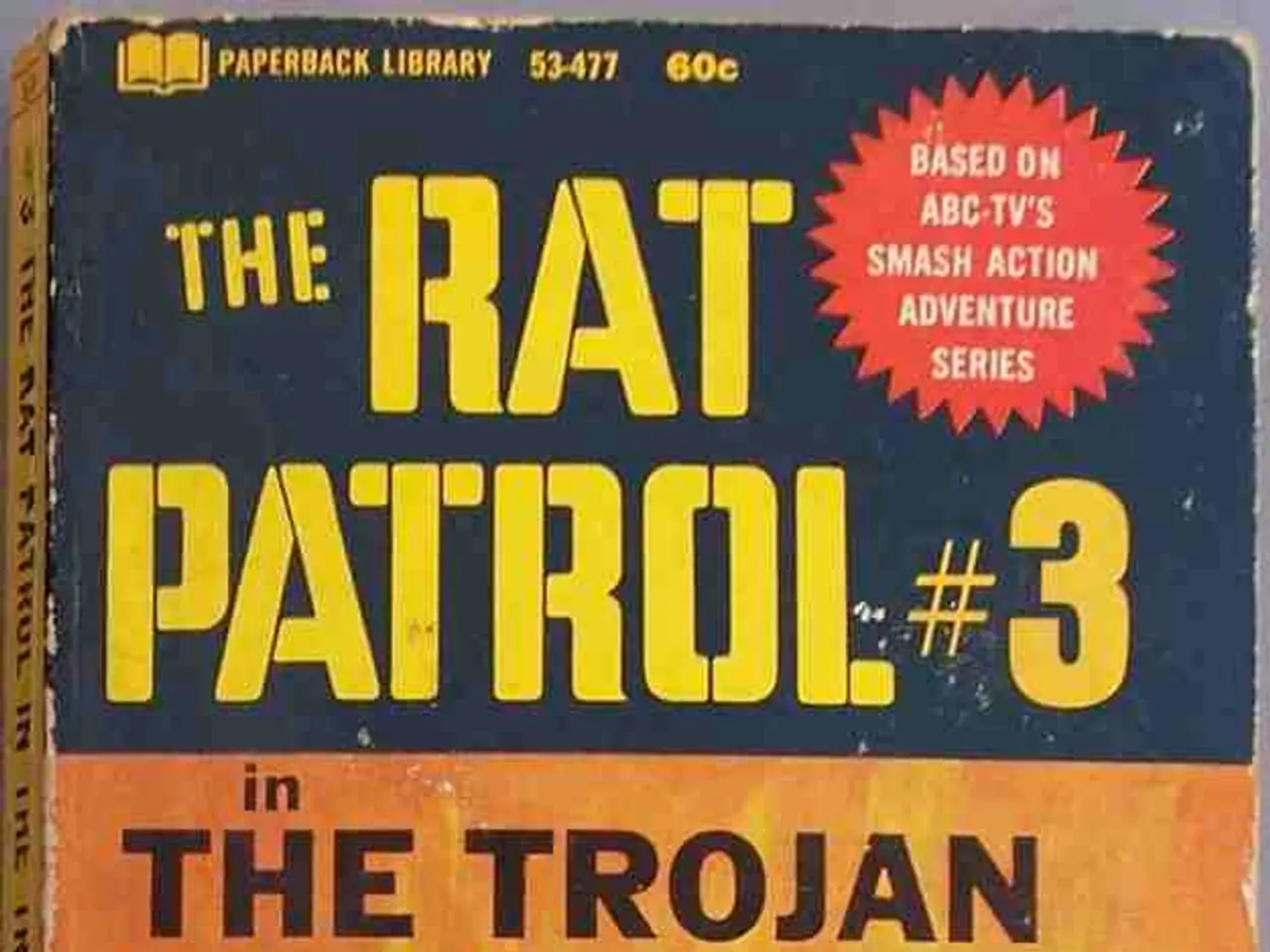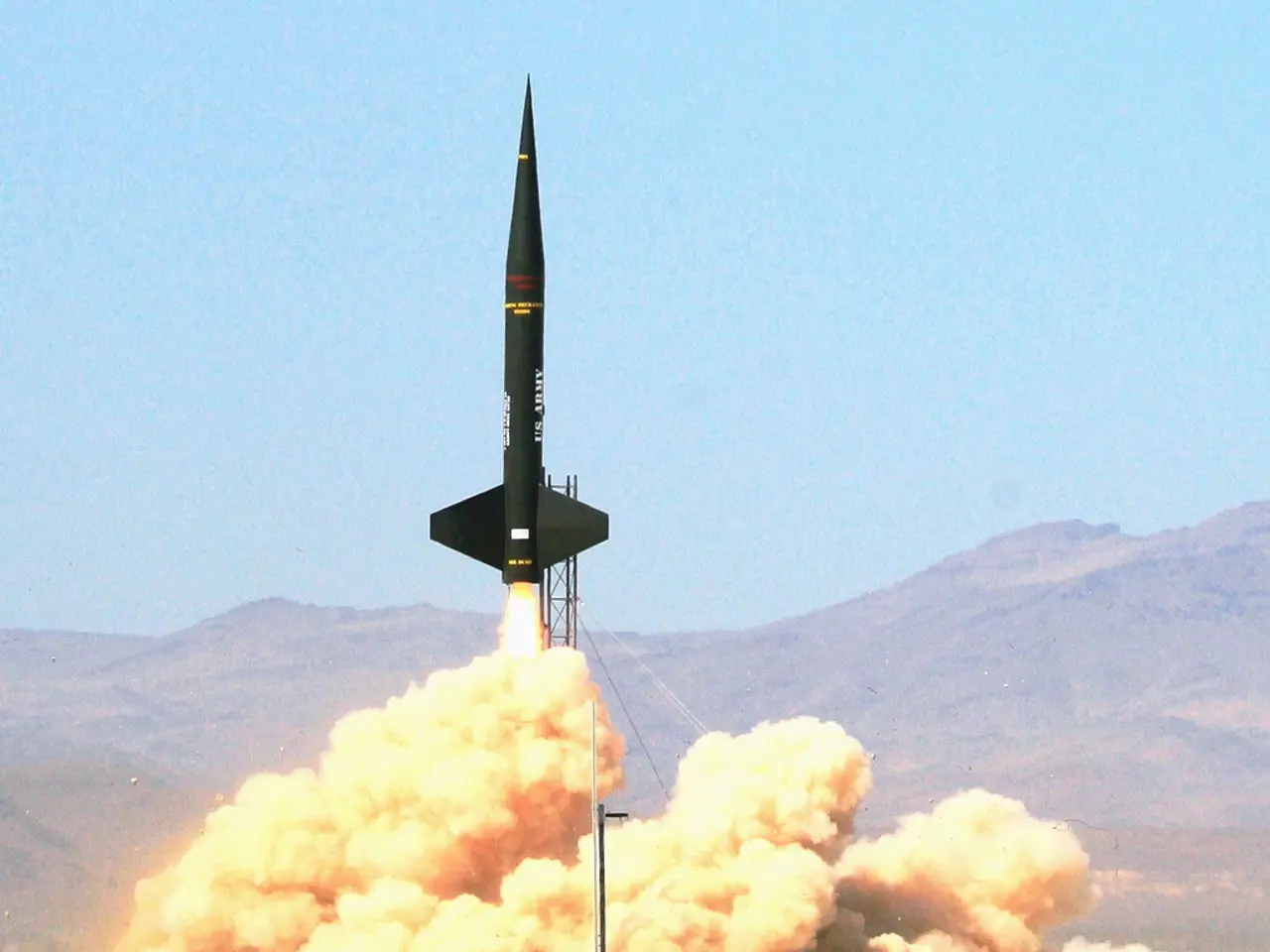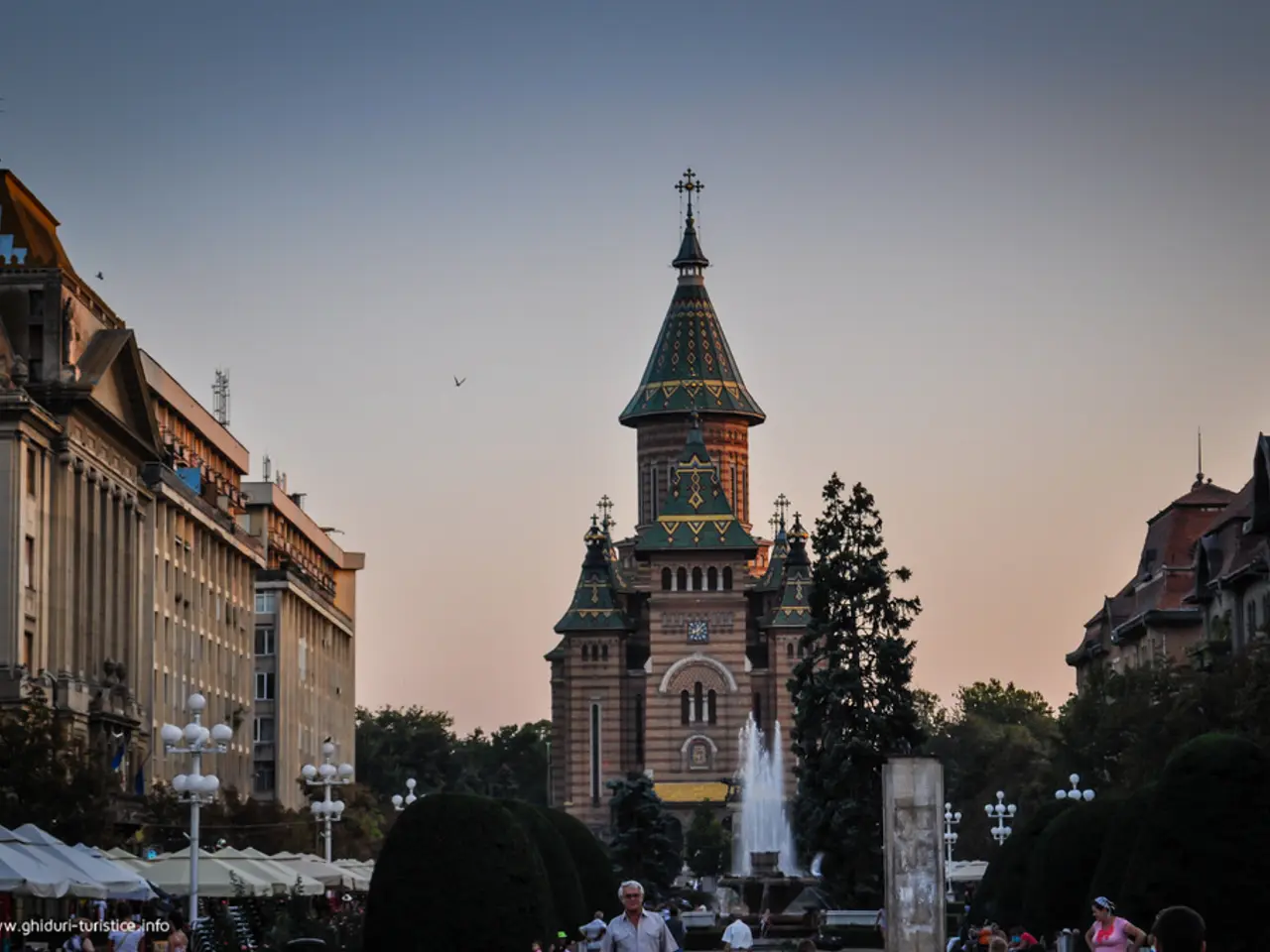Trump plans to confer with Putin in Alaska
In a move that could potentially reshape the geopolitical landscape of Eastern Europe, President Trump has announced plans for a peace deal involving a land exchange between Russia and Ukraine. The proposed agreement, set to be discussed in an upcoming meeting with Russian President Vladimir V. Putin in Alaska next Friday, aims to end the ongoing conflict between the two nations.
The deal, if successful, would allow Russia to retain control over significant parts of eastern and southern Ukraine, including resource-rich regions containing lithium, coal, gas, and other critical minerals. This proposal aligns with Trump’s earlier signals during 2025 US-led negotiations, where he was ready to accept most of Kremlin's demands, including Russia maintaining control over occupied Ukrainian territories, ruling out Ukraine's NATO membership, and easing sanctions on Moscow.
Specifically, the territorial aspect of the proposed deal would grant Moscow official control over regions such as Luhansk, Donetsk, Zaporizhzhia, and Kherson, as well as Crimea, which it annexed in 2014. This move would mark a significant shift in the political landscape, as these areas are agriculturally fertile and rich in natural resources crucial to Ukraine’s economy and global markets.
However, the deal would explicitly rule out Ukraine joining NATO, a key Russian demand and a longtime security concern for Moscow. By accepting Russia's territorial gains and denying Ukraine NATO membership, the deal addresses Russian security claims but effectively limits Ukraine's sovereignty and strategic alignment with Western defense structures.
Ukrainian President Volodymyr Zelenskyy has firmly rejected any agreement that would legitimize Russia’s retention of occupied territories, underscoring the unacceptability of conceding sovereignty over these regions. The Ukrainian constitution also prohibits President Zelensky from ceding territory to Russia, and transferring land to Russia would present numerous political and military challenges for Ukraine.
The Ukrainian leadership has firmly rejected any cession of its territory to Russia, with President Zelenskyy aiming to keep Ukraine on a path towards NATO membership and maintaining its territorial integrity. Putin and Russia, on the other hand, want Ukraine to remain demilitarized, not fall into Western hands, and not join NATO.
Trump, in his statements, has been vague about which territories could be exchanged or how a peace agreement might look. He has stated, "We're going to get some things back and exchange some things." As the meeting approaches, the world waits with bated breath to see how this proposed deal will unfold and what implications it may have for the future of Ukraine and the region.
The proposed peace deal, if successful, may lead to Ukraine losing territories such as Luhansk, Donetsk, Zaporizhzhia, Kherson, and Crimea, which are currently rich in resources and crucial to Ukraine's economy and global markets. This deal, however, would also prevent Ukraine from joining NATO, a move that aligns with Russia's long-standing security concerns.







